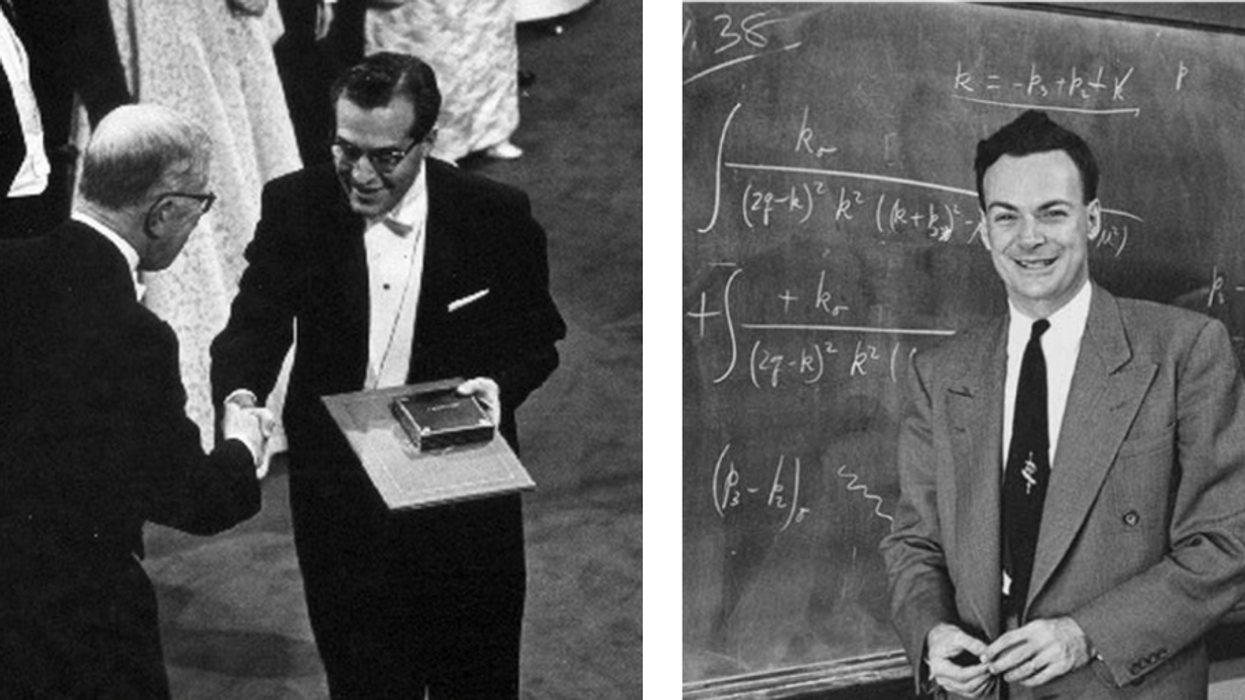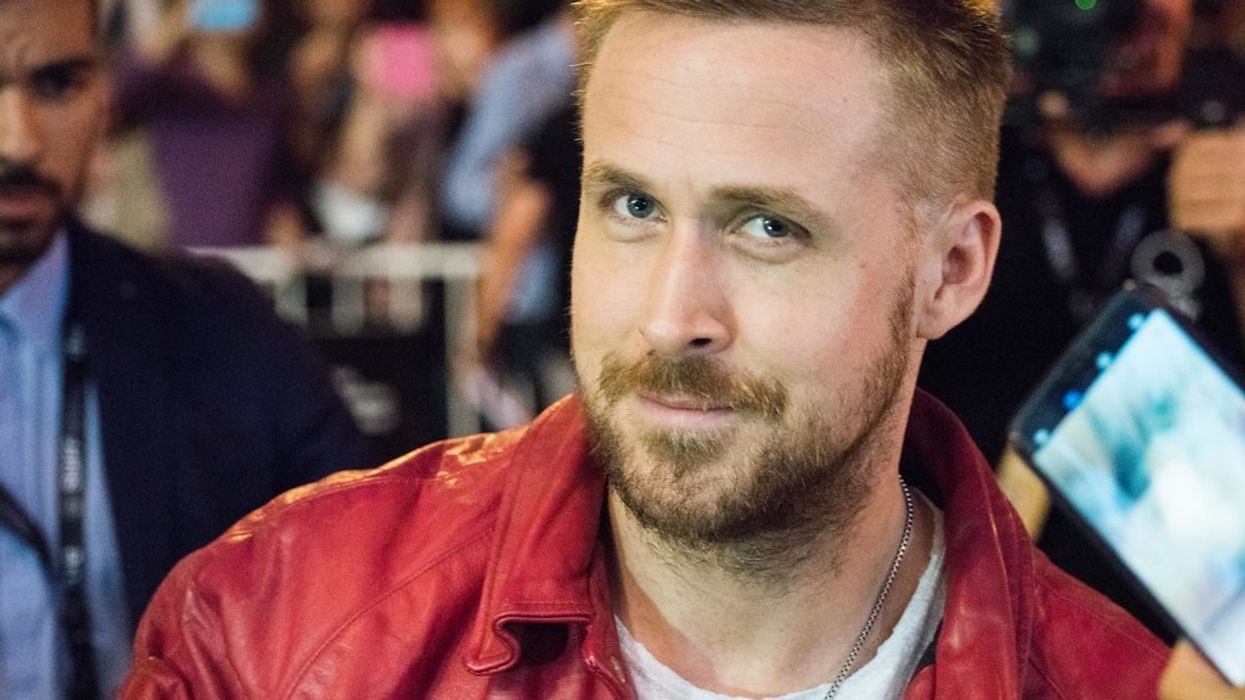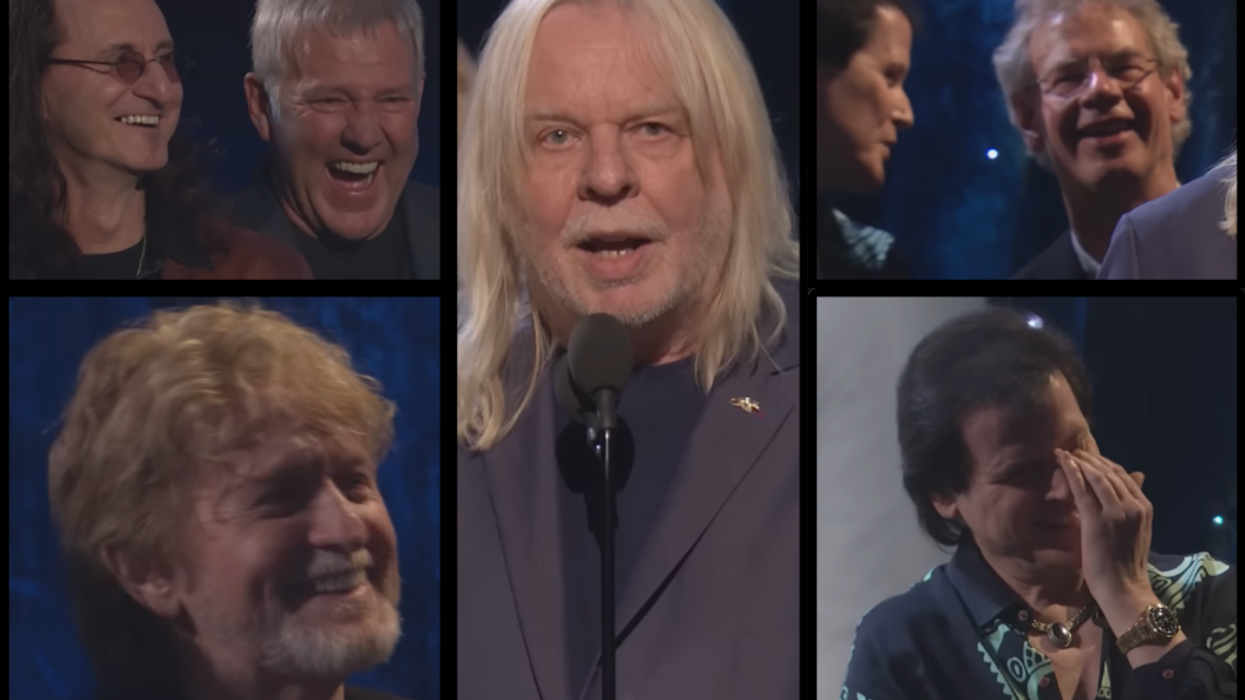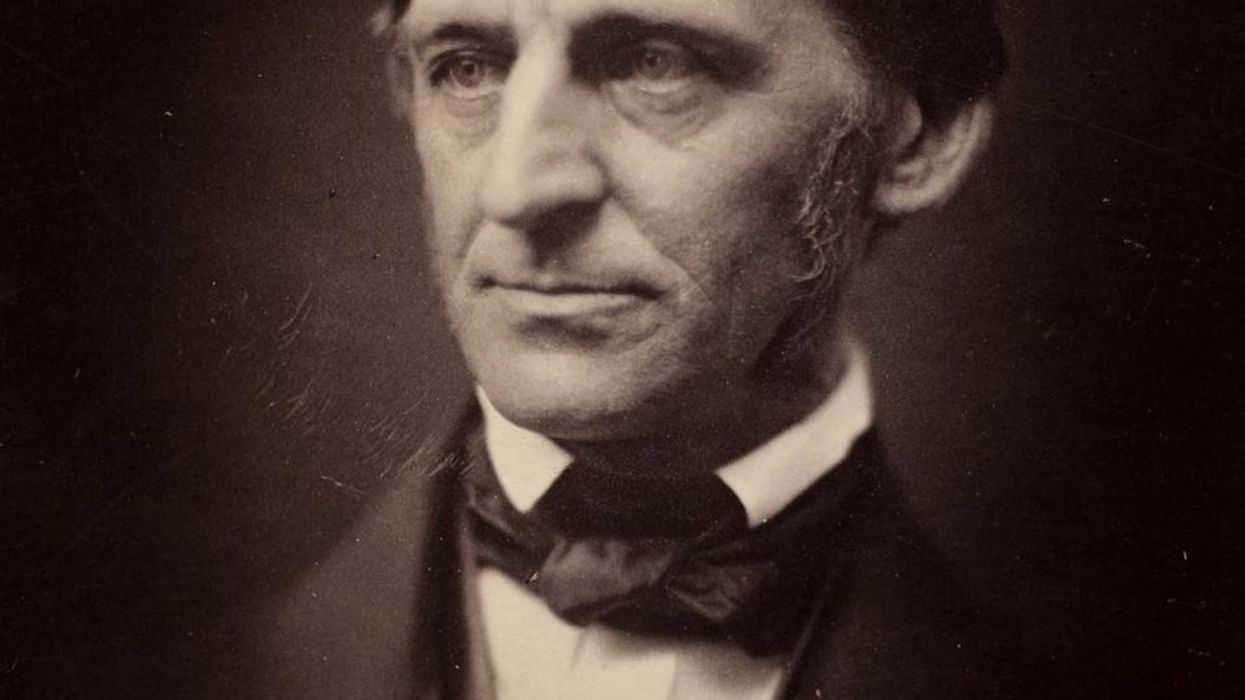When the newly inaugurated President Donald Trump directed the enforcement of immigration bans from his post in Washington, D.C., photographer Sam Comen and writer Michael Estrin watched more than 20,000 immigrants become citizens in naturalization ceremonies held in downtown Los Angeles.
Over the course of two days in February and March 2017, Estrin and Comen interviewed and photographed 60 people hailing from dozens of different countries and distilled their work into a new art exhibit titled “The Newest Americans.” The exhibition debuted at the California Museum in Sacramento in April 2018 and will tour the country for the next five years. This series includes 28 portraits and accompanying personal interviews that aim to capture the many manifestations of the American Dream as well as map the dramatically different paths people take to becoming U.S. citizens.
“I wish this project was irrelevant and unnecessary,” says Comen via email. “But after the 2016 campaign and the whirlwind of the Trump administration that’s trashed what I see as core national values of tolerance and respect for all people, I want to broadcast these participants’ stories as a way to uphold the dignity that I see in these people and show them the respect they clearly deserve.”
Comen and Estrin are longtime friends and came up with the concept for “The Newest Americans” after running into each other at Los Angeles International Airport last year during the immigration ban protest that ultimately shut down the busy facility. Their shared experience spurred a larger conversation between the two.
“We were asking this question: Are we no longer a nation of immigrants?” Estrin says.
Together they decided that attending a naturalization ceremony was not only a poignant way to document the monumental instance of an immigrant transitioning into citizenship but an effective way to call attention to a larger political moment and movement in America. Overseen by the U.S. Department of Homeland Security and requiring an Oath of Allegiance, these ceremonies may serve a bureaucratic purpose, but they are also extraordinarily emotional for those who have waited decades for the opportunity.
“I feel like I want to cry because I'm so, so happy. I waited for long time to become a citizen – an American citizen,” says China-born Caixia Yang Philippe, as quoted in the exhibit.
Farida Baliwala, who first moved to the U.S. in 1979 from Pakistan, had her children in the States and then moved back to her home country. She returned to the U.S. about 10 years ago to be with her family and in 2017 finally became a naturalized citizen.
[quote position="full" is_quote="true"]We were asking this question: Are we no longer a nation of immigrants?[/quote]
“I feel happy today, very proud to be here,” Baliwala said. “I’m very thankful to God that I got this opportunity to be here and explore this beautiful country.”
For Baliwala, the American Dream means safety, security, and the freedom to speak out — even against one’s government — if you “feel something wrong is happening,” she said in the exhibit. The expansive opportunities for education in the U.S. are also unparalleled, Baliwala said, pointing to her own children as case in point.
“My oldest son is an MBA. My daughter is a dentist. My youngest son is studying engineering,” she said. “Only in America.”
Each portrait in “The Newest Americans” is striking; the rich, vivid colors help bring each individual to life and those featured are shot so intimately it’s possible to spot freckles, smile-lines and even a glimmer of a tear. The extreme importance of the day is made apparent through visual cues of those pictured, such as the perfectly pressed suits and uniforms, patriotic color schemes, and carefully coiffed hair.
In fact, some people on the day the portraits were taken approached Estrin and Comen and asked “How much?” – under the assumption that they were simply professional photographers on hand to document the big day.
“Nobody shows up on that day thinking I’m going to do an interview and participate in an art project,” Estrin says. “This is a real milestone kind of day.”
While most of the images included in “The Newest Americans” are individual portraits, some of the most moving images are those that include multiple generations of a single family. Like Karen Domingo and mother, Flora, from Belize, who had lived in the U.S. for 32 years before becoming a citizen.
“The American Dream means all of the opportunities that America can offer. My son can become a U.S. marshal; my daughter can go to [the University of Southern California] and become a social worker. The sky is the limit,” Flora Domingo said.
Those interviewed for the project — who hailed from as far as Iran, Syria, and Russia — expressed a range of motivations for moving to the U.S., Estrin says, from seeking religious freedom to pursuing better financial opportunities or escaping government corruption at home. However, there was just one group that seemed to feel the need to defend themselves and their country of origin: those from Mexico.
At the time of the project, the election was still “very fresh” and Trump had already made multiple disparaging statements against Mexicans, Estrin says. Nearly all the people he spoke with from Mexico said something to refute Trump’s claims that immigrants from the country “were rapists or criminals or somehow unworthy of coming here,” Estrin says via email.
“They wanted Trump to know they were good people,” he says. “They wanted to correct the record.”
People like Martina Bautista, who came to the U.S. from Mexico and spoke about bringing the values of her home country to her new life.
“I want Americans to know that Mexicans have good values that come from strong family roots. We have our values from our parents, and we pass them on to our children,” she said. “That’s who we are.”
Now, more than a year into the Trump presidency, many of these dynamics still remain — and the content of “The Newest Americans” remains as relevant as ever.
“Are we a nation of laws, or are we going to succumb to what is called the ‘rule of man,’” Estrin says. “That’s the fight we’re having right now,” he added.













